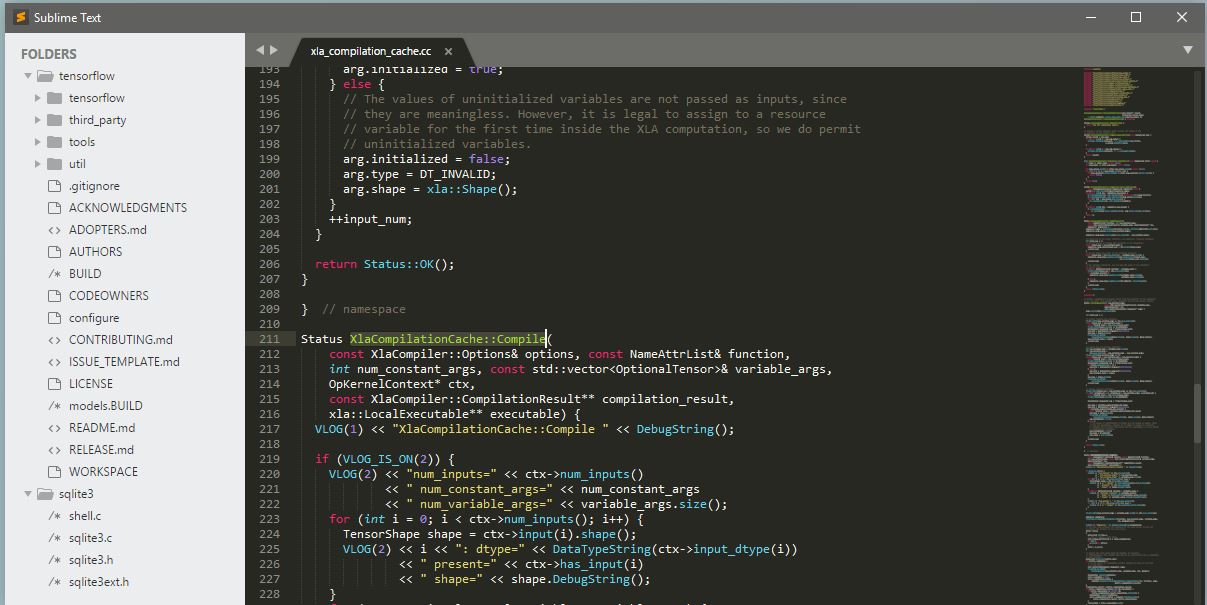

Jupyter Notebook: Data Science IDE, easily run simulations and share data. Visual Studio Code: Lightweight and extensible code editor. Pycharm: Hugely popular, powerful, and feature-rich Python IDE. Many of also these offer free tiers, so you’ll be able to choose the best free IDE for Python if you’re just starting out.

In this article, we will cover some of the most popular Python IDEs and Python editors, taking into account their pros, cons, and use cases. As Python is often used for scripting, lightweight text editors like notepad++ or even plain notepad can be useful Python tools. Python is a versatile language that can be used for various applications including Blender (3D modeling software), machine learning/artificial intelligence, and web development to name a few. It’s now one of the most widely used programming languages with a huge range of packages, libraries, and frameworks. The Python language has evolved enormously over the years thanks to the contribution of Python developers and programmers worldwide. And if you’re looking to boost your productivity when developing Python code, you’ll want the best Python IDE or Python editor. This is why if you’re new to programming, it is often recommended that you start with Python. Launched in 1991 by creator Guido van Rossum, Python was developed with an emphasis on code readability via syntax that allows developers to create more with fewer lines of code.

Which Python IDE Should I Use for Machine Learning? Which is the Best Python IDE for Beginners?


 0 kommentar(er)
0 kommentar(er)
